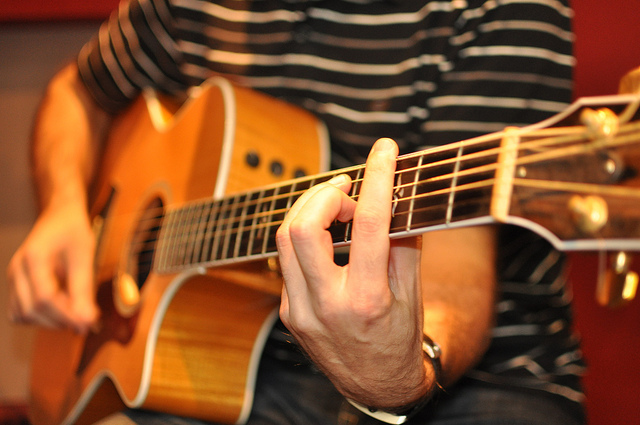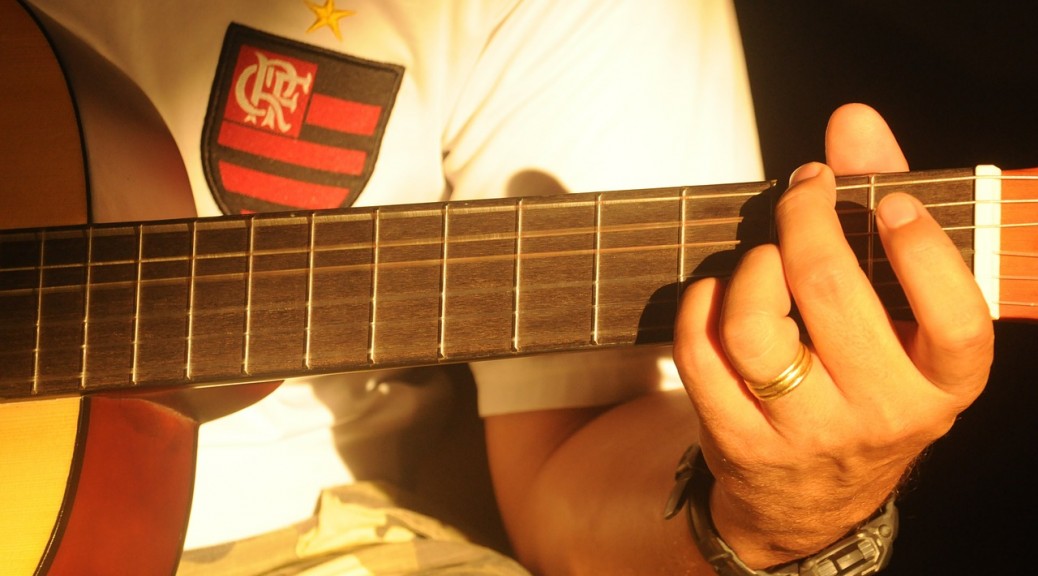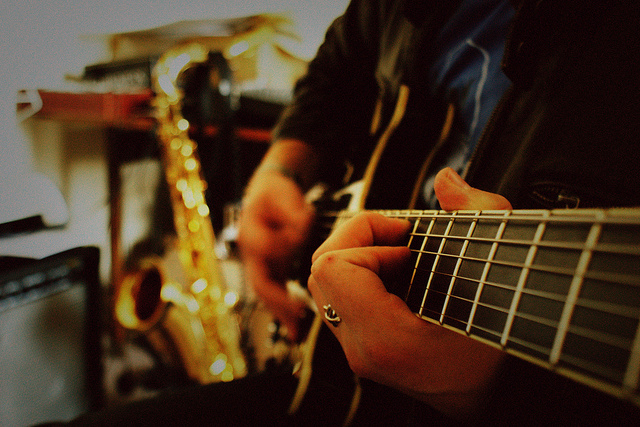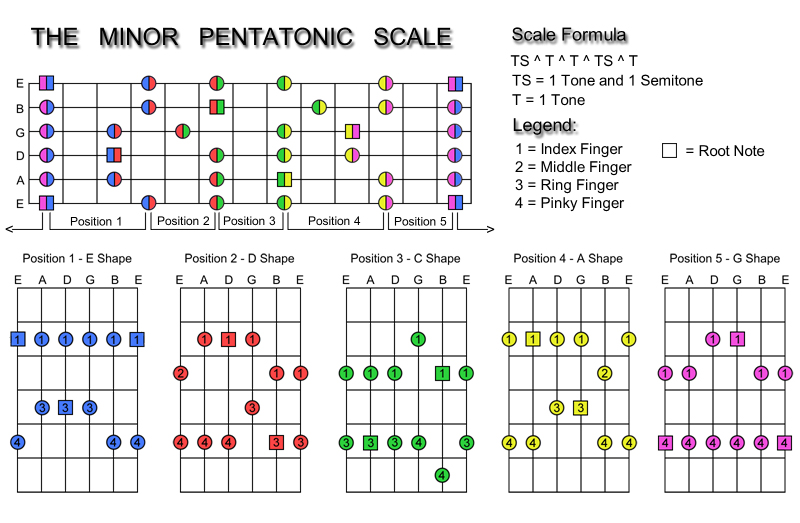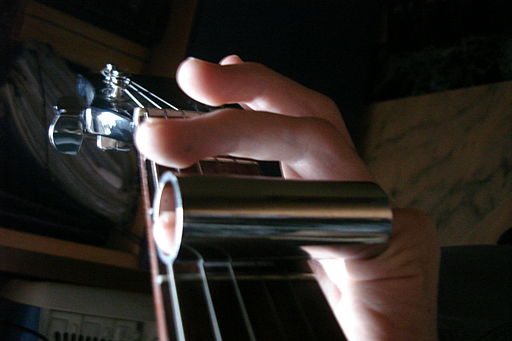When you start looking into learning to play an instrument, such as the guitar, you’ll be flooded with opinions on the different ways to do it. The Internet is full of different methods and tricks guaranteeing you’ll be playing smooth tunes in no time.
But can you really learn to play the guitar so quickly and are the methods worth the time or the money?
Learning On Your Own
Most people will tell you that you can master the art of guitar playing all on your own. In short, this is true. But – there’s always a but – it isn’t necessarily very easy and learning to play on your own doesn’t suit everyone.
If you are committed, enthusiastic and passionate about learning, then learning to play on your own can be a great and cheap option.
Nevertheless, it takes a lot of dedication. You should also be mindful of the fact that learning without any guitar videos or the help of a tutor makes it harder to correct your mistakes.
Joining a Group
If you live near a big city, you might have the option of learning to play the guitar in a group. The bigger your town, the more options you’ll probably have. Sometimes the groups might even be free to join and, in general, can be cheaper than private lessons.
Learning in a group is often a lot of fun, as you’ll get to meet new people! Despite having more fun, it can also mean extra pressure, as you might progress in different pace to the others. You also won’t often have a lot of choice when it comes to the songs or styles you’ll learn to play.
Hiring a Tutor
You could consider hiring yourself a guitar tutor. It might sound odd, but sometimes committing to something financially can act as theextra motivator to keep you going. When you know you have a lesson to attend to – which you’ve paid for – you are more likely to get up and go.
Finding the right tutor isn’t as difficult as it might sound. There are plenty of part-time musicians and full-time music teachers out there providing lessons.
The downside to hiring a private tutor is the time restriction. You can’t always choose when you practice and you might even have to travel to meet your tutor. If playing the guitar becomes a chore, it might make you less interested and even frustrated.
Online Lessons
If you want to add a bit more structure to your learning, while still being in charge of where and when you learn, online guitar lessons might be the right choice for you. Video lessons guarantee you get more in depth understanding of the sound you should make – not to mention how much easier it is to learn the right hand positions, for instance.
Our video lessons, for example, won’t cost a fortune and they’ll give you the freedom to practice from the comfort of your own home. If you want to learn at your own terms, then video lessons are a great addition to your self-learning experience.
It’s important to find the different methods that inspire you to learn more. Listen to people like Joe Mendelson (YouTube video above) on their secrets to mastering the guitar and check out our website for more information on guitar lessons.


